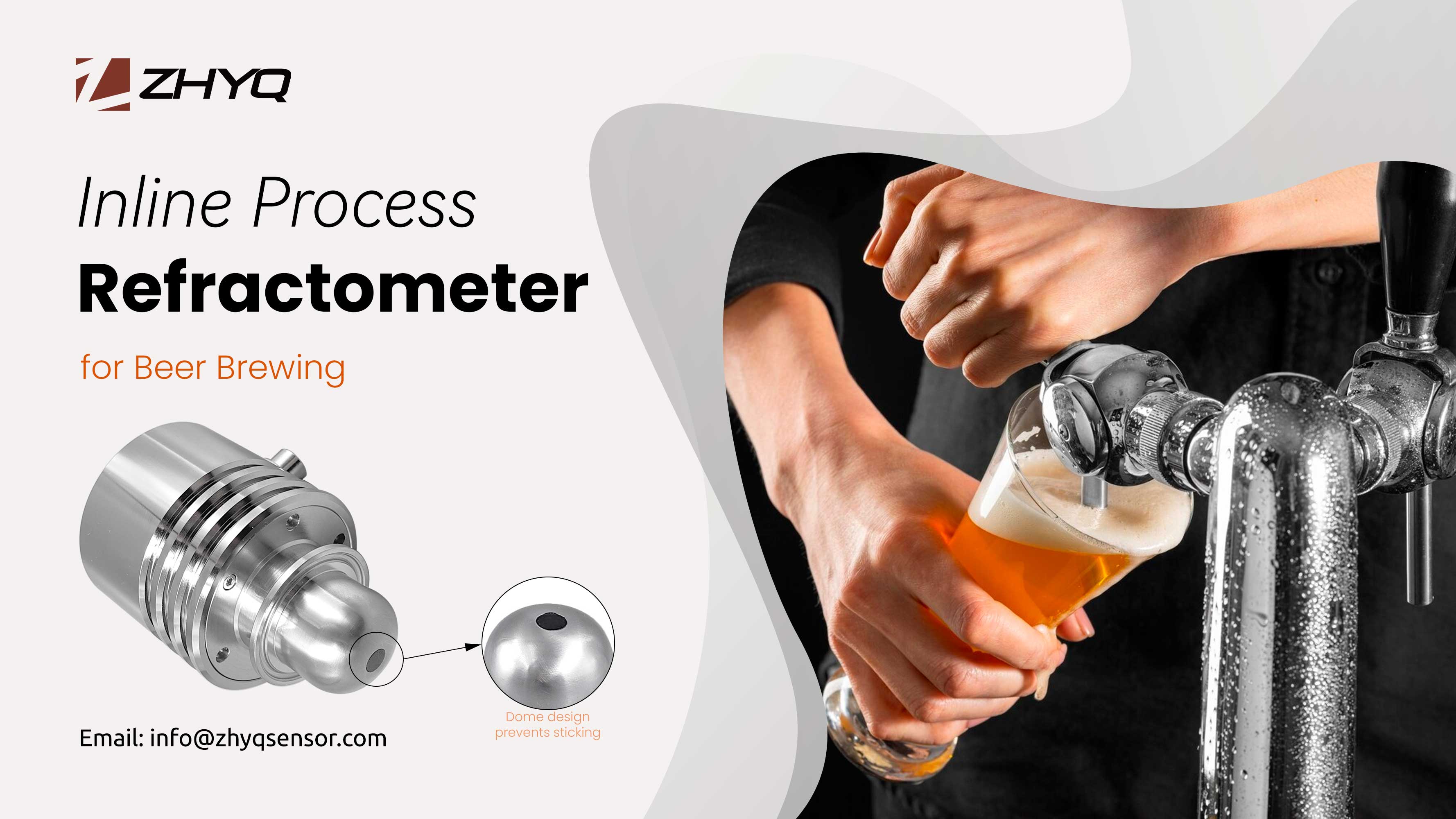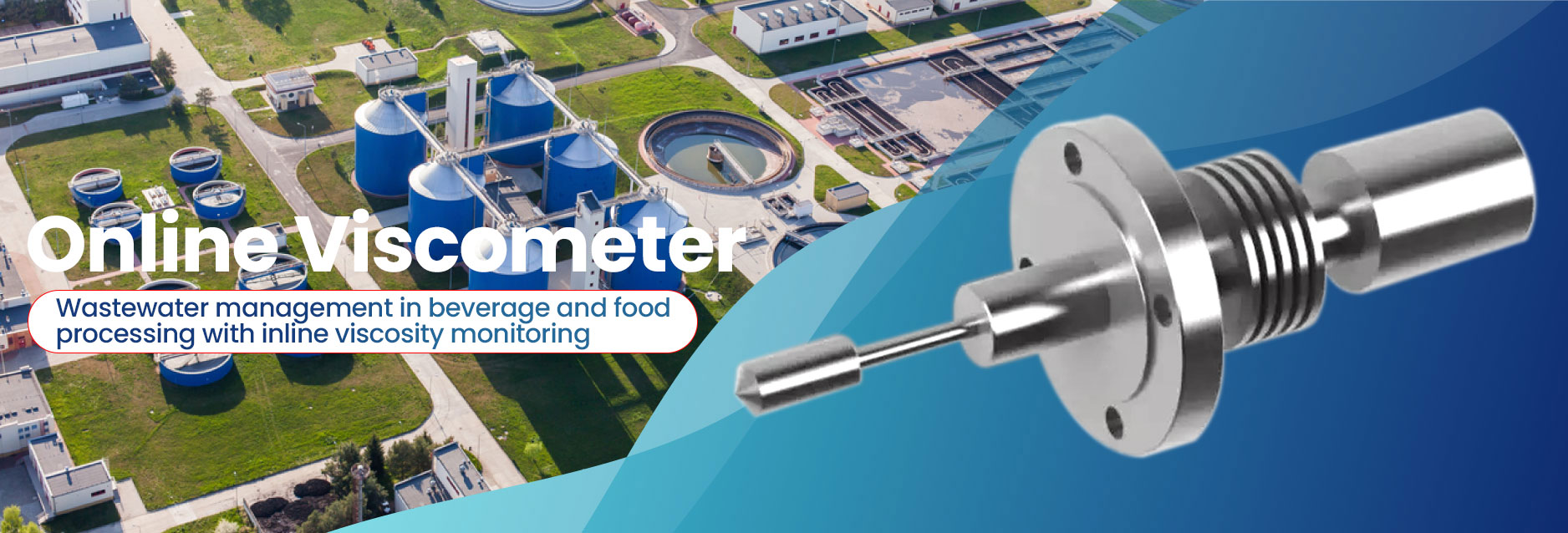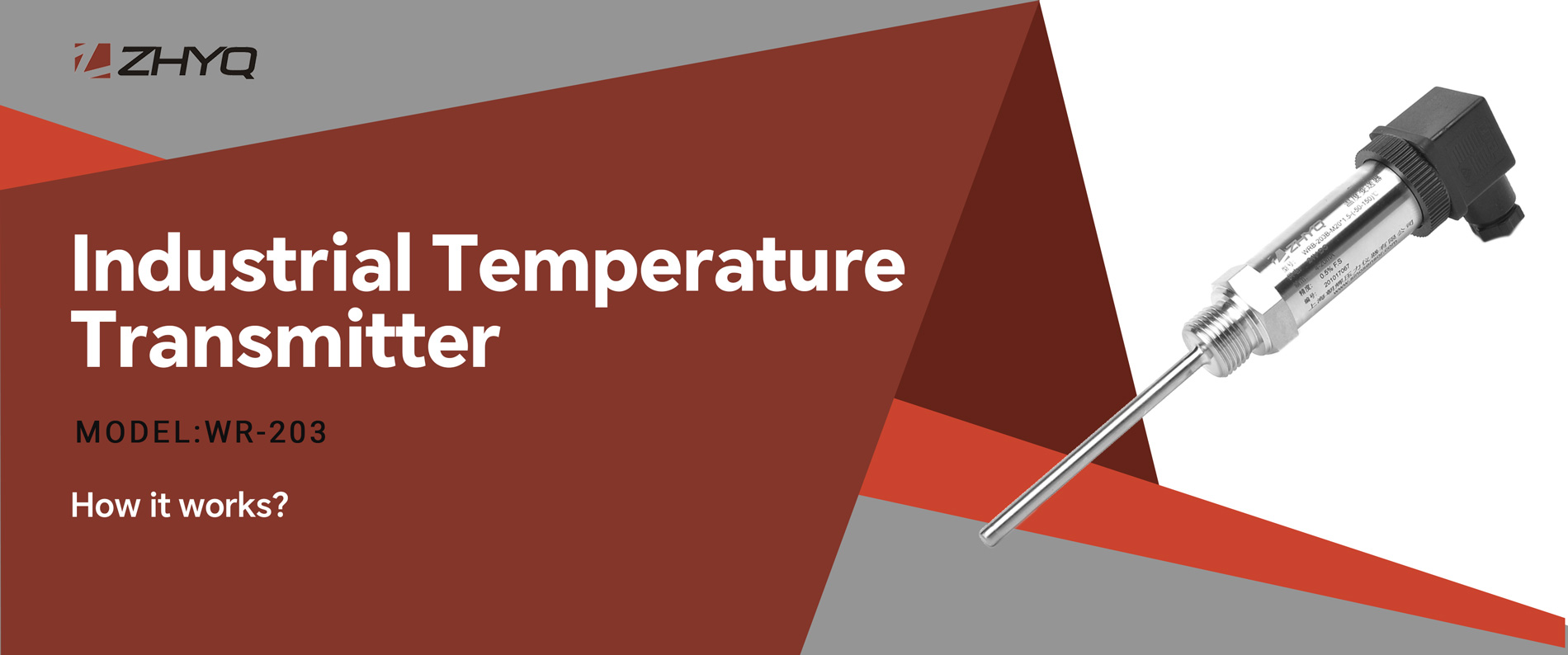
- Pressure Sensor, Pressure Transducer, Pressure Transmitter


- 2024-10-09
- Zhyq
- 78
The working process of the inline process refractometer in the entire process of beer brewing and the role it plays!
In the beer brewing process, the inline process refractometer plays an important role. Its action points and specific functions are as follows:
1. Saccharification stage:
1.1 Accurately measure the concentration of wort: After saccharification of raw materials such as barley malt, a sugar solution (wort) will be obtained. The inline process refractometer can measure the concentration of wort in real time to help brewers determine whether the degree of saccharification meets the requirements. If the concentration is too high or too low, it may affect the subsequent fermentation process and the quality of the beer. For example, if the concentration of wort is too low, the alcohol content of the final beer may be insufficient; conversely, if the concentration is too high, the fermentation may be incomplete and affect the taste.
1.2 Guide the adjustment of process parameters: According to the concentration data fed back by the inline process refractometer, brewers can timely adjust the process parameters such as temperature, time, and raw material addition in the saccharification process to ensure that the concentration of wort is stable within the ideal range, providing a good foundation for the subsequent fermentation process.
2 Filtration stage:
2.1 Monitoring filtration effect: During the filtration process, the inline process refractometer can monitor the concentration changes of the wort before and after filtration to determine whether the filtration is sufficient and the working status of the filter. If the concentration of the filtered wort does not decrease significantly, it may mean that the filter is blocked or damaged, and needs to be inspected and maintained in time.
2.2 Reducing the consumption of filtration materials: By monitoring the concentration in real time, excessive filtration can be avoided while ensuring the filtration effect, thereby reducing the consumption of filtration materials and reducing production costs.
3. Fermentation stage:
3.1 Monitor the fermentation process: During the fermentation process, yeast will convert the sugar in the wort into alcohol and carbon dioxide, and the concentration of the wort will change continuously. The inline process refractometer can track the concentration changes of the wort in real time, thereby reflecting the progress of the fermentation. According to the concentration change curve, the brewer can judge whether the fermentation is proceeding normally or is nearing the end, so as to take appropriate measures in time.
3.2 Control fermentation conditions: Based on the real-time data provided by the inline process refractometer, the brewer can accurately control the key parameters such as temperature, stirring speed, and yeast addition during the fermentation process. For example, if the concentration drops too slowly during the fermentation process, it may be necessary to increase the temperature or increase the amount of yeast added to promote the fermentation; conversely, if the concentration drops too quickly, it may be necessary to lower the temperature or reduce the amount of yeast added to prevent over-fermentation.
4. Cooling stage:
4.1 Ensure cooling effect: During the cooling process, the concentration of wort may fluctuate slightly due to temperature changes. Inline process refractometer can monitor the concentration changes of wort during the cooling process in real time to help brewers determine whether the cooling effect is good. If the concentration changes abnormally, it may mean that there is a problem with the cooling system and it needs to be adjusted or repaired in time.
4.2 Provide reference for subsequent processes: The cooled wort will enter the next stage of production. The concentration data provided by inline process refractometer can be used as a reference for subsequent process operations. For example, in the process of adding hops and filling, brewers can determine the best operating parameters based on the concentration of wort.
5. Filling stage:
5.1 Ensure product quality consistency: During the filling process, the inline process refractometer can monitor the concentration of beer in real time to ensure that the concentration of each bottle of beer meets the standard requirements, thereby ensuring the quality stability and consistency of the product. If the concentration of a batch of beer is found to be abnormal, the filling can be stopped in time for investigation and treatment.
5.2 Compliance with quality standard monitoring: According to relevant quality standards and regulatory requirements, the concentration of beer needs to be within a certain range. The inline process refractometer can help brewing companies monitor the concentration of beer in real time to ensure that the product meets the quality standards and avoid product recalls or quality disputes due to non-compliance with the concentration requirements.
Leave Your Inquiry
Your email address will not be published. Required fields are marked *

